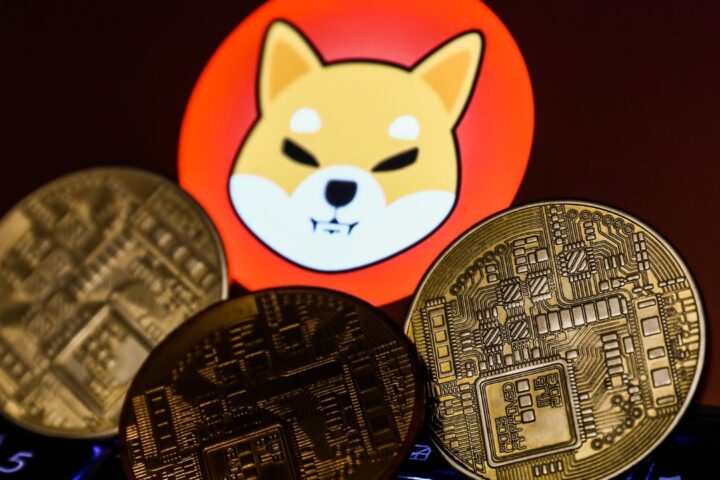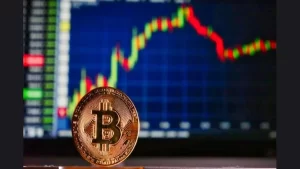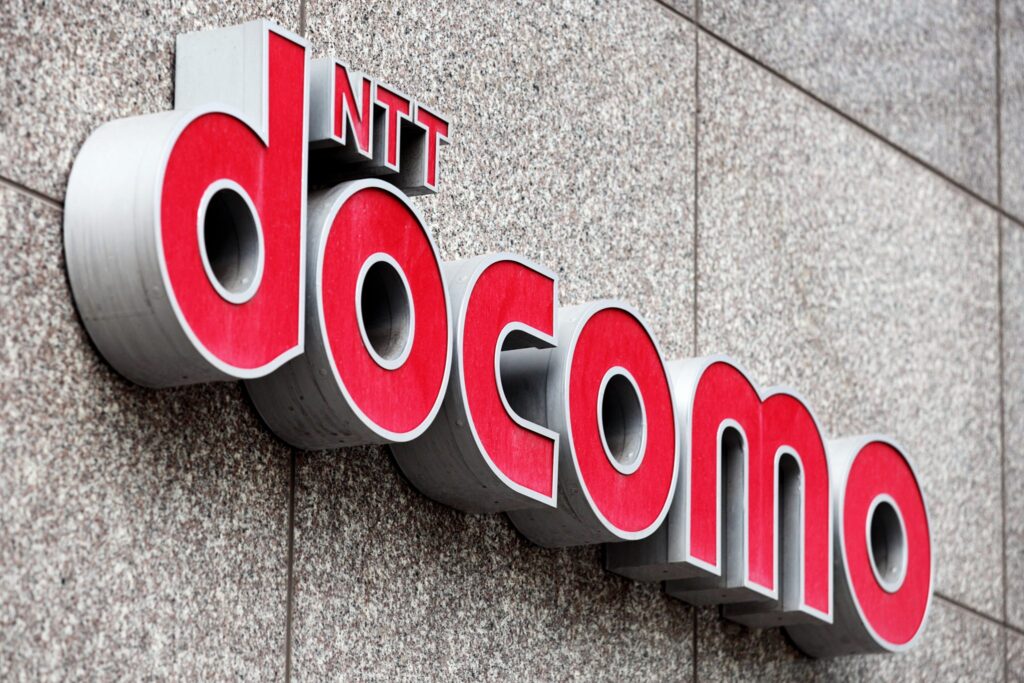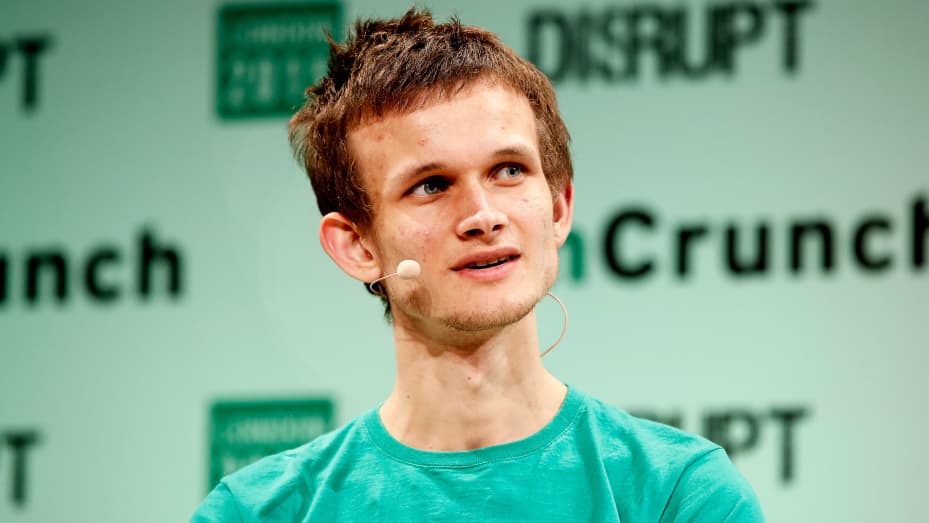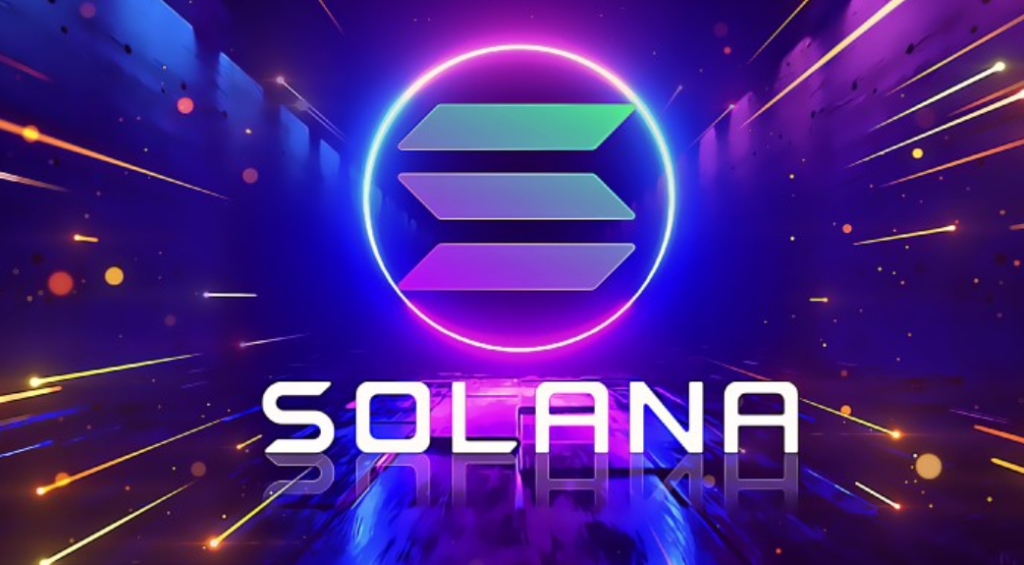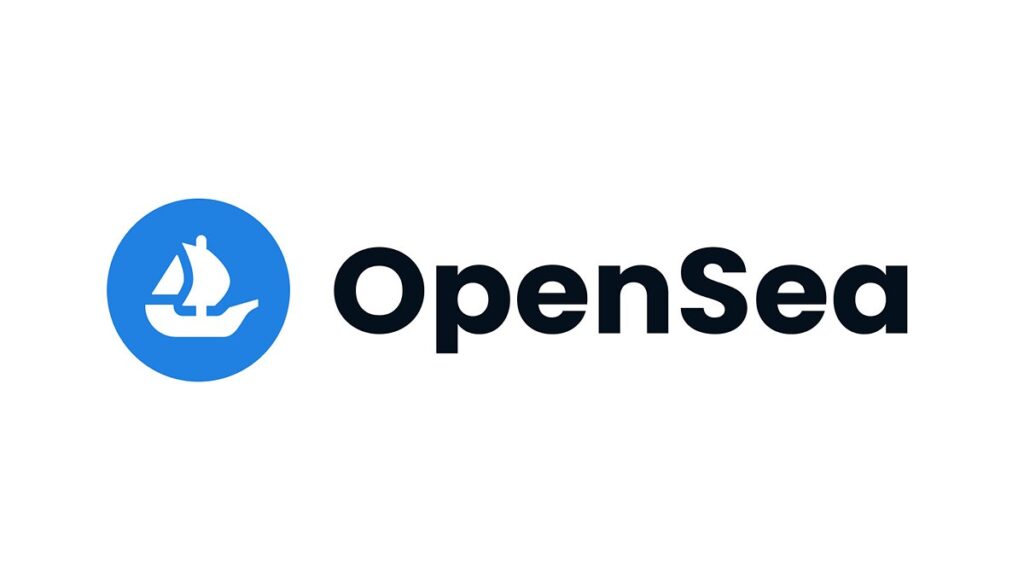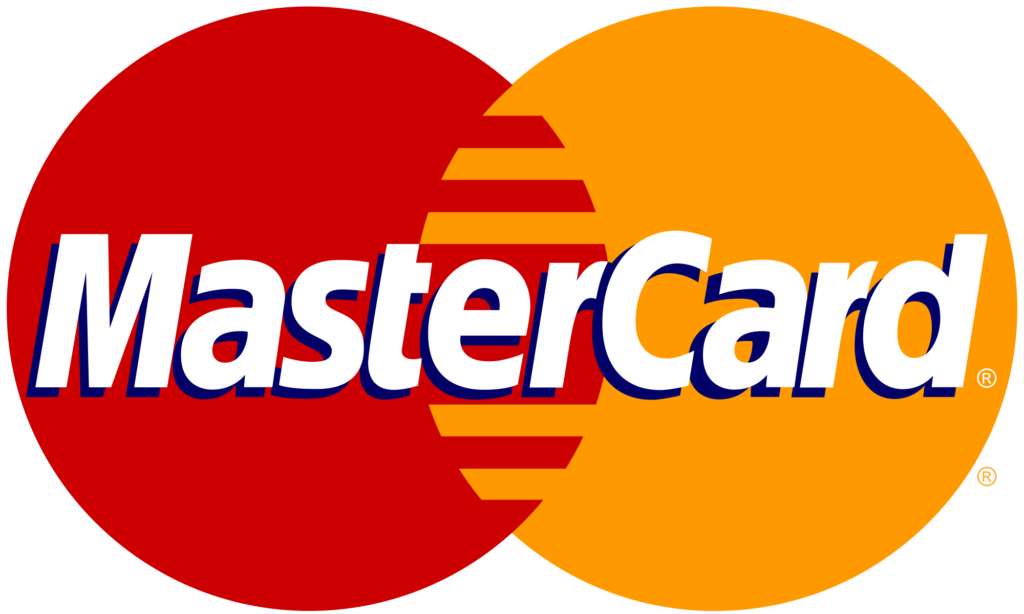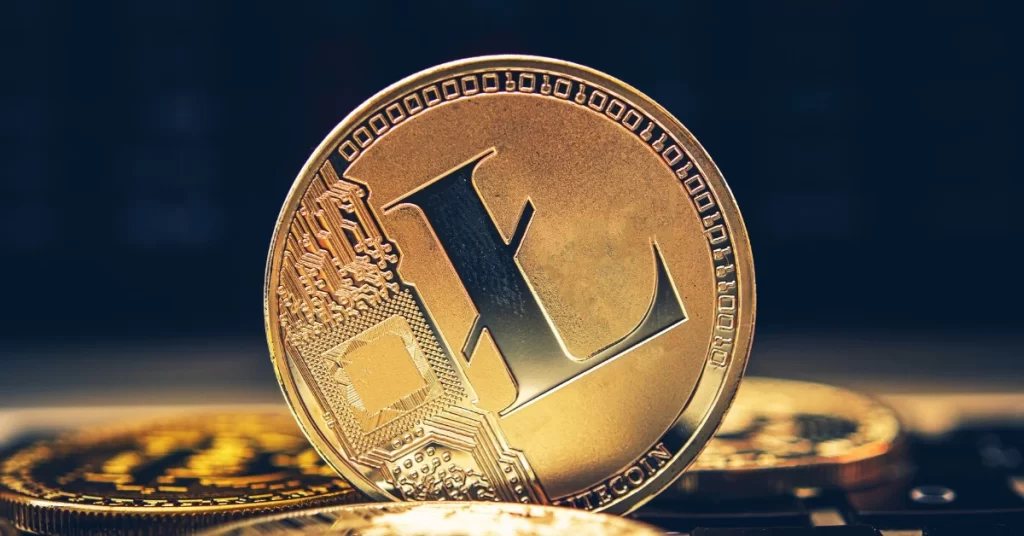FTX chief executive San Bankman-Fried tweeted on 8 November to address concerns over potential clashes with rival exchange platform Binance.
In his tweet, Bankman-Fried wrote that his company and Binance had reached an agreement on a “strategic transaction” after the latter firm nearly emptied its withdrawal backlogs. The FTX chief later urged Binance to “clear out liquidity crunches” and secure assets on an equal footing.
1) Hey all: I have a few announcements to make.
— SBF (@SBF_FTX) November 8, 2022
Things have come full circle, and https://t.co/DWPOotRHcX’s first, and last, investors are the same: we have come to an agreement on a strategic transaction with Binance for https://t.co/DWPOotRHcX (pending DD etc.).
In a statement, Bankman-Fried said: “I know that there have been rumors in media of conflict between our two exchanges, however Binance has shown time and again that they are committed to a more decentralized global economy while working to improve industry relations with regulators. We are in the best of hands.”
Responding, Zhao tweeted that FTX had contacted his company due to a “significant liquidity crunch,” adding the transaction was a non-binding letter of intent to acquire FTX.
According to Zhao, Binance had assessed the situation “in real time” and could “pull out from the deal at any time.”
This afternoon, FTX asked for our help. There is a significant liquidity crunch. To protect users, we signed a non-binding LOI, intending to fully acquire https://t.co/BGtFlCmLXB and help cover the liquidity crunch. We will be conducting a full DD in the coming days.
— CZ 🔶 Binance (@cz_binance) November 8, 2022
CZ later tweeted “two big lessons,” which were to never use created tokens as collateral and not “borrow if you run a crypto business” and “have a large reserve.”
He concluded: “Binance has never used BNB for collateral, and we have never taken on debt”
FTX Struggles
The news comes just a day after Bankman-Fried slammed claims of liquidity concerns as “false rumours,” adding that FTX’s company assets were in good standing.
He wrote he had contacted the exchanges to collaborate “for the ecosystem.” Despite this, Binance stated it would remain “in the free market” rather than Alameda Research take over its FTT holdings.
Reports have noted that Binance’s acquisition of the exchange would become one of the largest in the industry, namely after Coinbase stated it was interested in buying out BtcTurk for roughly $3.2 billion USD.
If successful, Binance would become the world’s largest cryptocurrency exchange.
According to the Financial Times, the deal poses a huge setback for FTX, namely as people view the platform as stable and assisting other exchanges amid the cryptocurrency collapse this year. FTX has offered bailout loans to several companies, including $250m to BlockFi and $485m to Voyager Digital.
Japan’s top mobile carrier, NTT Docomo, launched a partnership on Wednesday with multichain smart contract platform Astar Network to boost Web3 technologies nationally.
The joint effort will create a consortium tasked with providing individuals and firms with tokenisation technologies for governance platforms, the company said in a statement.
The two enterprises will collaborate on three core processes:
- Research on case studies for sustainable projects based on the environmental impact of Web3 technologies
- Eliminate technology discrepancies for Web3 adoption
- Launch educational initiatives and practical, hands-on experience for professionals
According to Sota Watanabe, Astar Network’s Chief Executive, the initiative aimed to showcase Web3 technologies to the public.
He said: “In this context, more robust cases with excellent user experience on an infrastructure that is accessible to everyone is essential. It is about making a society where more people can truly enjoy the benefits of Web3, not just engineers.”
Japan Warms Up to Crypto
The news comes after Japan’s Digital Agency opened a decentralised autonomous organisation (DAO) research Web3 initiative, with Fukuoka, one of Japan’s largest port cities, teaming up with Aster Labs to build Web3 use cases.
According to the government body, it had mulled easing restrictions on listing cryptocurrencies, the Japan Times reported in February, citing people familiar with the matter.
Potential new rules could allow cryptocurrency exchange platforms to list multiple digital tokens without major screenings, the sources said, adding screenings initially took more than six months to complete. Companies such as Coinbase faced the regulations after launching trading services in August, severely limiting their coin availability to just five cryptocurrencies.
Vitalik Buterin, Ethereum’s co-founder, recently amended his platform’s roadmap to avoid censorship and boost decentralisation of its network, it was found on Saturday.
In a tweet on 4 November, Bukerin stated the addition to the Ethereum technical roadmap, Scourge, aims to expand the number of transactions per second to 100,000 via rollups.
Updated roadmap diagram! pic.twitter.com/MT9BKgYcJH
— vitalik.eth (@VitalikButerin) November 4, 2022
The news comes as Ethereum updated its platform, moving Scourge to the third stage following the platform’s proof-of-stake (PoS) network, where it remained in its Surge stage.
Scourge aims to ensure “reliable and credibly neutral transaction inclusion” while avoiding centralisation and other protocol risks from MEV [maximum extractable value],” namely amid concerns over miners exploiting transactions on its network.
MEV prioritises specific people on networks by selecting transactions to place in a block in a specific order, allowing miners to duplicate winning deals from mempools and execute transactions with priority. This has sparked concerns over Ethereum’s neutrality regarding centralisation and censorship.
The Scourge of Ethereum
In a 2020 blog post, Buterin explained that credible neutrality was where a platform “does not discriminate for or against any specific people.”
Buterin has proposed a “partial block auction” to limit an individual’s decision-making on the contents of a specific block. Additional ideas included the Single Unifying Auctions for Value Expression (SUAVE), developed by Ethereum research and development wing Flashbots.
He also told the Verge in a recent statement that Ethereum would integrate its Succinct Non-Interactive Argument of Knowledge (SNARK) on the blockchain. The new tool will boost privacy while facilitating tracing of anonymous transactions.
Anatoly Yakovenko, Solana’s co-founder, told audiences at a recent event his cryptocurrency platform had received updates aimed at improving the reliability of its network.
He stated at the Breakpoint 2022 event in Lisbon the Solana network had been plagued by numerous concerns such as network instability and downtime, adding: “We’ve had a lot of challenges over the last year, I would say this whole last year has been all about reliability.”
Did you miss our presentation by @time_composer at @SolanaConf today?
— Clockwork ⚙️ (@clockwork_xyz) November 7, 2022
Here are the highlights! 🧵 pic.twitter.com/ENrYXUrMXt
According to the company, Solana had faced ten outages, with the biggest taking place in January this year. The incident partially shut down the platform and hindered its operations for nearly 20 hours.
The most recent issue occurred at the beginning of October, resulting in over six hours of downtime. Additional problems in May and June triggered clock drifts, or widening gaps in real and block times, causing difficulties in validating blocks on the platform.
Tackling the Timeclock
Yakovenko explained the event that the situation worsened in June after block times “went up to over a second, which is really slow for Solana” compared to average times of 400 milliseconds.
In some cases, confirmation times took from 15 to 20 seconds, he explained.
He continued, stating: “That’s not the experience that we want to deliver and that’s a pretty bad Web2 experience when you’re competing with Google with Facebook with all these other applications.”
Recent updates and doubling the validator count allowed Solana to resolve the issue partially, he said. His company had been in a “constant fight between performance, security, throughput, and decentralization,” which resolved many of the core issues, Yakovenko added.
“[I] think we’ve done an amazing job in solving a bunch of those […] Obviously we still have challenges with outages and bugs,” he told the audience.
Problems Lead to Solutions
According to the company’s Network Performance report in late October, which documented the challenges, developers have launched several upgrades to boost performance as it scales up its platform to accommodate surging user growth.
The company enhanced QUIC for its services, which is a protocol that includes sessions and flow control. Reasons for adding QUIC include resolving UDP issues with flow control and acknowledging receipt, which fails to block abusive behaviour on the platform.
Solana also added stake-weighted Quality-of-Service (QoS), which “extends the utility of stake-weighting to transaction quality, leading to better receipt of blocks “regardless of the amount of traffic coming in from nodes without stake.”
It also introduced fee markets to back priority fees. Initially, Solana’s network processed all transactions on a “first-come-first-serve basis” but did not indicate how urgent transactions were on the platform. Priority fees will allow transactions to indicate urgency following their implementation in July this year.
OpenSea chief executive Devin Finzer revealed in a blog post on Sunday that the company would launch a tool to provide creators with “on-chain enforcement of their non-fungible token (NFT) royalties.”
He noted in his post that for marketplaces with optional fees, voluntary creator fee payments had “dwindle to less than 20 [percent]” or were “simply not paid at all.”
There’s been a lot of discussion over the past few months about business models for NFT creators & whether creator fees (“royalties”) are viable.
— OpenSea (@opensea) November 6, 2022
Given our role in the ecosystem, we want to take a thoughtful, principled approach to this topic & to lead w/ solutions. 🧵
It added that business models from most creators in the NFT market were “subject to enforcement discretion of marketplaces rather than code.”
The post read: “With many marketplaces choosing to stop enforcing creator fees, to put it bluntly, the last few months haven’t felt WAGMI.”
On-Chain Enhancements
To correct the issue, Finzer explained that OpenSea had created the on-chain tool to enforce fees from 12:00 ET on 8 November. It added it would also launch tools and enhancements to enforce the new standard while engaging with the community for feedback.
OpenSea may take further measures on 8 December, including continued enforcement, optional creator fees, and collaborating with other enforcement options.
Explaining further, Finzer added: “We recognize not all creators, collections, and communities are the same and we are looking to create a long-term policy that reflects that.”
Laying Down the Law
According to the CEO, the new measures would include adding a code snippet for creators to facilitate current and future upgradeable contracts and checking new collections to verify if items can sell on marketplaces without creator fee enforcement.
Concluding, he said: “[Technical] decisions like this involve tradeoffs: enforcing creator fees on-chain requires sacrificing some of the censorship-resistance and permissionless nature of NFTs.
OpenSea also believe that creators had the power to “build the collections and communities that they desire” and that buyers and sellers could have the freedom to “choose which collections they do and don’t engage with.”
Mastercard, one of the world’s top global payment system providers, has onboarded several cryptocurrency and blockchain small and medium enterprises (SMEs) to expand its fintech accelerator programme, it announced on Thursday.
Mastercard’s Start Path programme onboarded seven additional fintech startups in a bid to train, deploy, and grow crypto and blockchain-based companies using its payments system platform.
The latest cohort consists of the following companies:
- Loot Bolt, a US company building communities with Web3-based social payment systems.
- Quadrata, who uses privacy-focused, Sybil-resistant solutions to enhance compliance public blockchains and reduce reputational risk
- Stable, a Colombian company providing peer-to-peer (P2P) payments and global remittances using stablecoin and related technologies.
- Digital Treasures Center (DTC), a Singapore-based company providing transactional technologies via card, crypto, and cash, using its DTC Pay platform
- Fasset, an Abu Dhabi digital asset exchange for emerging markets building Web3 use cases for customers to buy, sell, and own digital assets.
- Take Back the Mic (TBTM) has developed a world-first blockchain media fintech company to reward creatives and fans with monetised content platform.
- Uptop, a US-based company with a place for brands to build customer relationships and provide shoppers with bespoke rewards
In its statement, Mastercard explained that fintech firms played a “major role in digital transformation” with new ideas, customisation, and more choice for enterprises and consumers.
It continued: “We believe collaboration across the crypto ecosystem is essential to delivering the right solutions at the right time. From our experience innovating payments and building a global network, we believe it’s more likely that we’ll see a hybrid economy that combines the benefits of Web3 technology with existing financial infrastructure.”
Start Path Background
Mastercard launched its accelerator programme in 2014 as a six-month course designed to expand and commercialise startup solutions. Over 350 firms have joined the initiative, with startups such as Thought Machine and Zeta and Razorpay reaching unicorn status.
Start Path’s latest cryptocurrency-focused division, Start Path Crypto, opened in 2021 with a three-month programme to back crypto companies receiving seed, Series A, and Series B funding.
The news follows developments in mid-October after Mastercard unveiled its Crypto SourceTM programme, which builds crypto solutions and services for financial institutions.
The fintech giant offered a full suite of services for buying, selling, and holding crypto assets along with security and advisory services, building security and compliance capabilities for the global ecosystem.
The Bitcoin Yardstick, a metric coined by Charles Edwards, chief executive of asset management at Capriole, has hit near record lows following the 2017 bull market run.
He said in a recent tweet that the Bitcoin Yardstick was “a very simple, rule-of-thumb Bitcoin valuation tool”, but was “not investment advice.”
Edwards, whose measurement calculates the ratio of Bitcoin market capitalisation to hash rate, believes that Bitcoin is oversold more than most coins, indicating how cheap buyers can purchase BTC.
Introducing: The Bitcoin Yardstick
— Charles Edwards (@caprioleio) November 2, 2022
Today we are seeing valuations unheard of since Bitcoin was $4K.
A very simple, rule-of-thumb Bitcoin valuation tool.
Bitcoin Yardstick = market-cap / hash-rate, normalized over 2 years of data.
As always: not investment advice.
A short🧵 pic.twitter.com/bsFk0hh9ra
Current figures show that Bitcoin’s hash rate has hit record highs, with prices falling 75 percent since its last price spike in November last year.
Speaking further in his Twitter thread, he said the Yardstick method takes the “ratio of energy work done to secure the Bitcoin network in relation to price.”
He added: “Lower readings = cheaper Bitcoin = better value.”
Concluding, he stated: “This means that on a relative basis, Bitcoin is extraordinarily cheap given the amount of energy being used on what is the most powerful computer network in the world.”
Here’s an application of the Bitcoin Yardstick which identifies when Bitcoin is:
— Charles Edwards (@caprioleio) November 2, 2022
– Cheap: Yardstick > 1 deviation under the mean
– Risky: Yardstick > 2 deviations above the mean
– Expensive: Yardstick > 3 deviations above the mean
3/6 pic.twitter.com/ZVabEBQD3x
Investors interested in following his Bitcoin Yardstick equation can visit Glassnode Studio for updates.
The Bitcoin Yardstick cits the proof-of-work (PoW) concept based on the mining algorithm for the cryptocurrency network’s storage and growth value over time, as evidenced by the Bitcoin Standard authored by Saifedean Ammous.
Sources also indicate the power required for the Bitcoin network is much less than the value of traded cryptocurrencies, with crypto miners and firms alleging of unfair valuation rates.
Litecoin could potentially spike up to 200 percent by July next year, based on its halvings, forcing miner block rewards to plummet by 50 percent, according to reports.
From its start in October 2011, Litecoin halved twice in August 2015 and August 2019, dropping rewards from 50 LTC to 25 LTC and 25 LTC to 12.5 LTC, respectively.
Erratic LTC price cycles sparked the events, with price pumps and corrections triggering the incidents. A price bottom and recovery later followed these events.
#Litecoin rally due to upcoming halving could also be a clear sign the bear market is over. The exact same thing happened in 2019 where Litecoin rallied before #Bitcoin did.
— Coin Chris (@CoinChris) November 3, 2022
LTC prices corrected to their local tops following the halvings, and found a second bottom rate with a subsequent price rally to record highs.
According to charts, Litecoin is expected to halve for a third time in July 2023. Analysts have made the prediction, citing the cryptocurrency taking a similar pre-halving trajectory to its 2011 and 2019 figures.
They have used several momentum indicators, which show whether an asset has been oversold or overbought. These include indicators such as MACD and RSI, to verify a bull market.
Litcoin’s indicators revealed it had been massively oversold, where charts showed market bottoms followed by halving incidences, noting a potential LTC price hike. Should Litcoin bottom out at roughly $40 in June this year, it could reach a new local top in the coming months.
Crypto Integrations Fuel Price Hike
Further reports explained that Litecoin rallied on Wednesday due to MoneyGram (MGI) announcing it would allow users to buy, sell, and transfer the cryptocurrency along with Bitcoin and Ethereum.
MoneyGram’s services facilitate peer-to-peer payments and following a recent $1 billion buyout, the company chose Litecoin for its ease of use for payments.
News of the mobile app integration saw Litecoin spike from $55 to $62, but the crypto coin still trails the two largest cryptocurrencies on the market.
— Elon Musk (@elonmusk) November 1, 2022
Dogecoin, the meme-inspired altcoin which has faced significant losses in recent months, skyrocketed this week due to tweets from now-Twitter, Tesla, and SpaceX CEO Elon Musk after his takeover of the social media platform.
His tweet featured a Shibu Inu dog in a Twitter t-shirt, hinting at potential Dogecoin integrations on the social media platform. Analysts believe DOGE will become Twitter’s main currency, rallying the currency’s daily trading volume to $136.7 billion, an increase of 17.74 from the same period last year.
Huobi, a Chinese crypto trading platform, announced plans on Tuesday it would relocate to the Caribbean in a surprise move, the Financial Times reported.
The firm stated in its report it may potentially choose the Dominican Republic, Panama, or the Bahamas for their “super-friendly” positions on cryptocurrencies and English language use, the Financial Times reported, Justin Sun, Huobi board member, said at the time.
He said: “These days, one of the biggest targets we have here is to go all in the Caribbean.”
The company is currently headquartered in Seychelles and has offices in South Korea, Hong Kong, the US, and Japan. The company could move roughly 200 workers to the new location, FT wrote.
The news comes after Huobi officials visited Roosevelt Skerrit, the country’s Prime Minister, to build Domenica’s cryptocurrency networks, technologies, and infrastructure.
Other companies registered in the Caribbean include FTX, C-Trade, Binance, and PrimeBit.
Layoff Rumours
The news comes amid rumours the company would launch a wave of layoffs amid the ongoing cryptocurrency bear market.
Chinese cryptocurrency blogger Colin Wu said in recent reports Huobi planned to shed some of its staff after Capital Management (HK) Co Ltd bought out the firm, becoming its controlling shareholder.
About Capital CEO Ted Chen and H.E. Justin Sun share their vision for Huobi Global after acquisition.@justinsuntron said: “Our key focus will be on supporting the Huobi Token (HT) .”https://t.co/fvfJEYAzZ6
— Huobi (@HuobiGlobal) October 10, 2022
In October, About Capital Management (HK) Co. Ltd, a Hong Kong based-asset management firm, became Huobi Global’s controlling shareholder following a successful buyout deal.
In an official statement, Ted Chen, chief executive of About Capital Management and Sun issued a joint statement refuting claims of the layoffs, adding it had a “healthy cash flow.”
Concluding, Sun said: “Having completed its exit from the mainland China market, Huobi Global will be embarking on a series of branding activities and business developments after the acquisition. Instead of releasing new tokens, our key focus will be on supporting the Huobi Token (HT) to strengthen its place in the virtual assets industry.”
Bitcoin (BTC) may be entering the end of its bear market cycle, predictions from analytics firm Glassnode have noted this week.
Data from the firm has hinted that the market may have reached its macro price bottom due to ongoing seller behaviours.
The analysis from the website’s Seller Exhaustion Constant also revealed that the BTC network was weathering its “perfect storm” of high on-chain losses.
In the latest hint that Bitcoin’s latest bear market is nearing its end, Glassnode has revealed that the network is currently weathering a “perfect storm” of low volatility and high on-chain losses.
Twitter posts indicated that the rarity of the market bottom would result in upside volatility, ending the bear market.
The #Bitcoin seller exhaustion constant has recorded the lowest value since November 2018.
— glassnode (@glassnode) November 3, 2022
This metric reaches such levels when volatility is low, but losses realized on-chain are high.
6-of-7 similar levels in the past preceded volatility to the upsidehttps://t.co/RZf0bn2UQB pic.twitter.com/YFta3DTrkV
According to the Thursday tweet, the Bitcoin seller exhaustion constant had “recorded the lowest value since November 2018.”
Such metrics took place with low volatility, but “losses realized on-chain are high.”
The tweet concluded that “6-of-7 similar levels in the past preceded volatility to the upside.”
1/ Bitcoin’s short-term holder cost basis has crossed below its long-term holder cost basis for only the 4th time ever.
— Yassine Elmandjra (@yassineARK) October 4, 2022
This cross historically marks a cyclical bottom.
New edition of The Bitcoin Monthly is officially out, feat guest author @WClementeIIIhttps://t.co/qiQWSZ9yJr pic.twitter.com/O6EQLxbnlq
ARK Invest and David Puell, who created the Puell Multiple indicated, created the Seller Exhaustion Constant.
According to Yassine Elmandjra, it is calculated by “the percentage of bitcoin total circulating supply in profit multiplied by its volatility over the last 30 days.”
He said in a Friday tweet that Bitcoin’s short-term holder cost basis had “crossed below its long-term holder cost basis for only the [fourth] time ever.”
He concluded: “This cross historically marks a cyclical bottom.”

